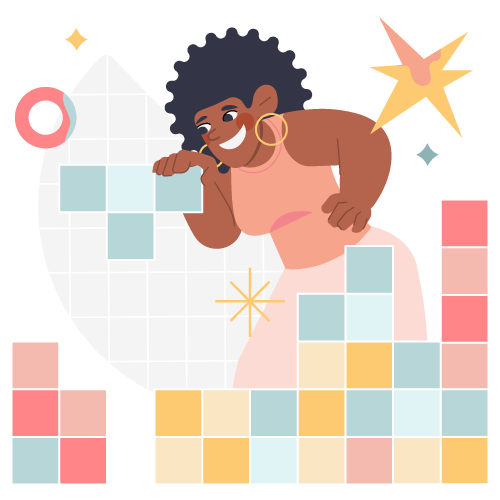What did we ever do before apps? Whether they’re helping us plan our monthly budget, run a presentation, or kill some time at the airport, we love ‘em. And, according to the numbers, so does everyone else: TechCrunch estimates that app purchases will generate around $26 billion in revenue in 2015, with an additional $14 billion in in-app purchases.
Of course, we know that apps are about way more than crushing candies and sharing filtered photos: They’re addictive by design. The next time you download a new app, pay special attention to your first interaction with that game or tool and you could learn a thing or two about creative, effective, and fun eLearning.
App eLearning
App users don’t automatically identify their first interactions with a tool as eLearning, but that’s exactly what it is; and exactly why it’s so effective by design. When you first open a new app, most will lead you through a quick tutorial to show you how to get started, right?
But here’s where app developers get it right: When guiding users through tutorials, they offer two benefits. First is brevity: They give you the bare bones rundown on how to get started and don’t inundate users with a ton of information, even when there’s more to explore. The second benefit is choice. By giving users a chance to stop the tutorial, skip ahead, or save it for later, app developers respect the fact that different users will learn in different ways.
Being able to control the eLearning throttle means users who want to get started can do so quickly, while learners who want a more in-depth tutorial can take their time.
Something to Learn
Starting to see the picture here? When eLearning design is executed with the user in mind, it becomes simpler, more effective, and—dare we say it?—even a little fun in a gamification form. Take a page from the app developer’s playbook and see how you can adopt some of the techniques used to train new users as you develop training for your own learners.
By breaking down training modules into a need-to-know versus nice-to-know structure, your learners can score the necessary information to get started and be effective, and then come back for more information later. What’s more, smaller chunks of information are easier to digest and customize based on learner preferences, so each learner gets the experience he or she needs (and wants).
So, the next time you load up Snapchat, take a minute to appreciate the way app developers have effectively revolutionized the way users learn on the fly. Small, digestible, customized learning modules make the difference between today’s fad and tomorrow’s must-have app.






